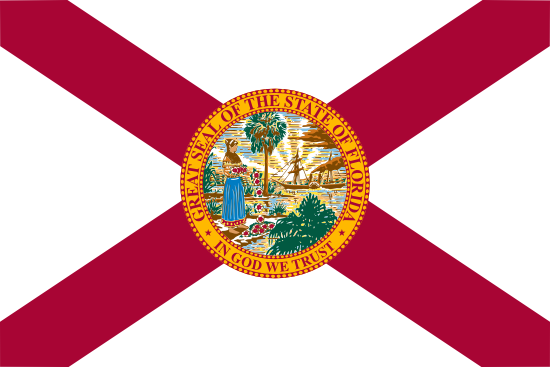
Orlando
- County:
- Orange County
- County Seat:
- Yes
- Area (mi²):
- 129.601
- State:
- Florida
Orlando is a city located in Orange County, Florida. Orlando has a 2025 population of 334,854 . It is also the county seat of Orange County . Orlando is currently growing at a rate of 2.28% annually and its population has increased by 8.77% since the most recent census, which recorded a population of 307,868 in 2020.
The median household income in Orlando is $69,268 with a poverty rate of 15.51%. The median age in Orlando is 35.1 years: 34.6 years for males, and 35.6 years for females. For every 100 females there are 97.3 males.